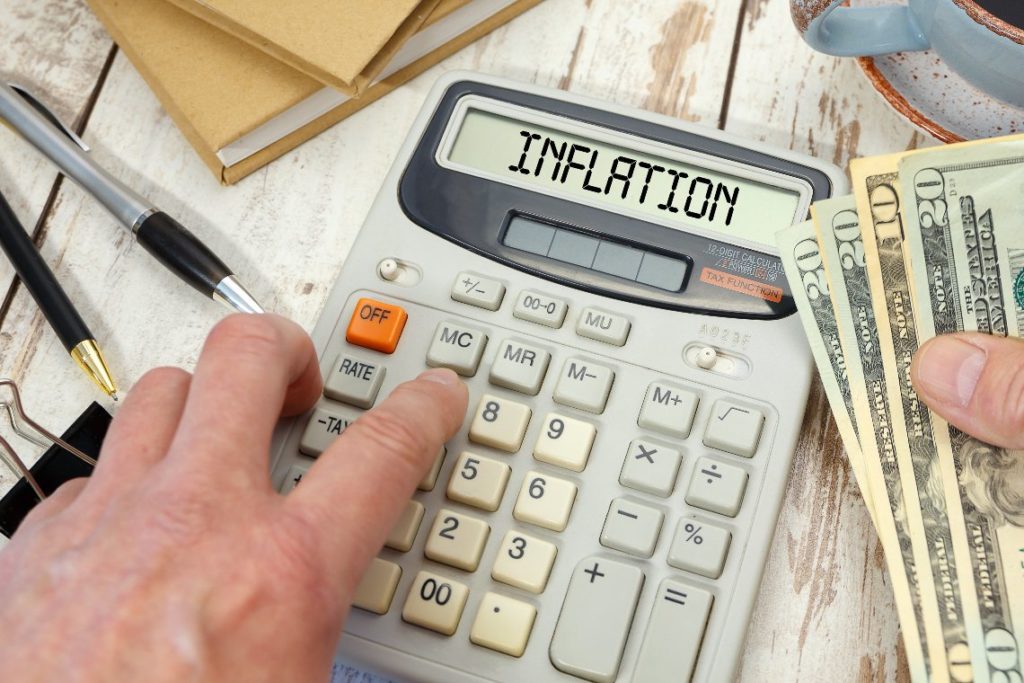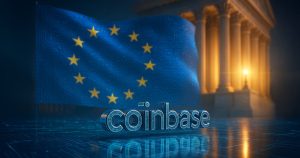Inflation rate in the US is rearing its head, recording the largest annualized increase since 2008. The Fed’s massive quantitative easing in response to the economic crisis resulting from the pandemic has helped to raise the inflation. This could dangerously hamper economic recovery.
US inflation rate and unemployment
The International Monetary Fund has already warned central banks of the need to act with a loosening of expansionary monetary policy if this inflationary trend continues.
IMF economic adviser and research director Gita Gopinath said in recent days:
“While monetary policy can generally look through transitory increases in inflation, central banks should be prepared to act quickly if the risks of rising inflation expectations become more material in this uncharted recovery. Central banks should chart contingent actions, announce clear triggers, and act in line with that communication”.
The picture was worsened by large generalized rises in commodities. Gas has risen by $1 a gallon since last year, while the average price of gas in the US is now $3.25 a gallon.

Inflation and monetary policy
The big risk that some economists are fearing for the US is stagflation, i.e. the situation where an economy has to deal with inflation rates. The real role of central banks is to try to keep inflation under control by stimulating growth, with appropriate monetary policies.
To do this, central banks have in their hands the instrument of the interest rate and thus the cost of money. A rise in interest rates should lead to a lower circulation of money and a consequent cooling of prices. Whereas an expansionary policy should do the exact opposite. To cope with the consequences of the pandemic, all central banks have adopted a very expansionary policy, but this is now reflected in the inflation rate.
Inflation is countered by deflation, which marks a period when prices fall. This is not always a good thing. It often occurs during a period of economic crisis. Thus, the lower cost of goods does not reflect positively on a general situation of unemployment, with less purchasing power on the part of citizens.
Inflation and cryptocurrencies
The potential role of Bitcoin as the main cryptocurrency in anti-inflationary terms has been discussed for years, both because of its characteristic of being in a limited number of pieces and because of disintermediation. One of the principles on which the new digital currency was based in 2009 was to break free from the manipulations to which fiat currencies are subjected.
During the year of the pandemic, at a time of severe economic crisis, Bitcoin grew by over 200%. This is because, according to experts, Bitcoin and cryptocurrencies have become a kind of store of value against periods of great uncertainty.
It is no coincidence that Bitcoin and cryptocurrencies have very high adoption rates in countries such as Venezuela, Argentina, Colombia, and many African states.
This is considered by many experts as a valid argument to consider Bitcoin as a valuable tool to combat periods of high inflation. It is no coincidence that even the most sceptical of the crypto world are starting to assess Bitcoin as a digital store of value on a par with gold.
The post US inflation rate surges appeared first on The Cryptonomist.





















